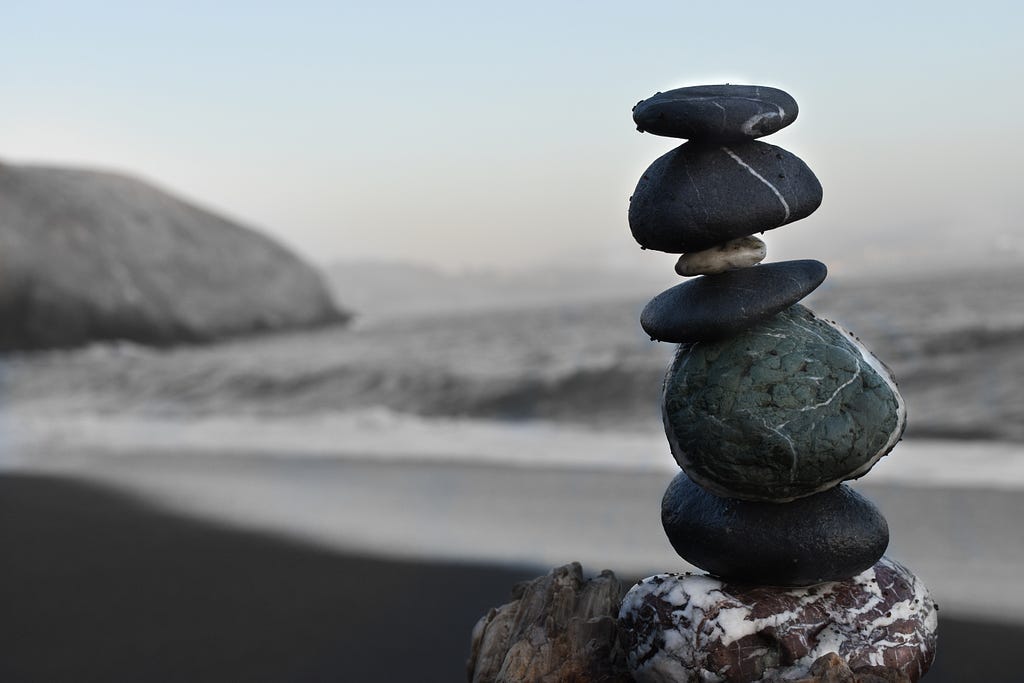Some misconceptions about meditation

Before I began meditating, I had heard about it and mindfulness for a long time. Every so often, related articles and videos would pop up in my timeline, but I rarely clicked on them. I thought that meditation was just another pseudo-psychological buzzword that would offer temporary comfort without truly changing anything.
Last year, I finally decided to try meditating. Since then, I’ve meditated for at least 20 minutes every day. It has helped me a lot. I can better manage my energy and be more aware of my emotions. I wish I had started meditating earlier. In this article, I aim to clarify some misconceptions I had about meditation before, in the hope that it will ease your suspicions and help you start meditating.
“Meditation is an escape.”
Many people misunderstand meditation as an escape. They compartmentalize their lives into two parts: meditation and everyday life. They view meditation as a shelter they can retreat to when something irritating happens in “everyday life”. But eventually, they have to return to face their problems. In this sense, isn’t meditation just a form of procrastination?
Meditation is not an escape. It is a part of our everyday lives, much like eating and sleeping. While meditating, we pay attention to our breath. When doing other activities, we are also breathing, albeit unconsciously. By simply being aware of our breath, we can turn any activity into meditation. From this perspective, life itself is a continuous meditation.
Meditation does not cut off the flow of life; it only helps you be aware of your mind. This awareness is also part of your mind. With the right attitude, you’re facing your problems instead of avoiding them when you’re meditating.
“The world is one, not two.”
“Meditation costs too much time.”
You don’t need a fixed time slot to meditate. You can meditate even if you only have 5 minutes. You also don’t need a perfect place to meditate. With some practice, you can meditate anywhere, anytime. And any amount of meditation will help.
I used to learn languages or read news using the fragmented time (check out here), but now I meditate instead. I meditate on the subway during my commute, between meetings, on airplanes, and before going to sleep. I have never felt that meditation was a waste of time.
If you believe that you need to devote time to meditation and it takes time away from other things, you may find yourself constantly thinking about how to allocate your time more efficiently rather than meditating. However, if you understand that meditation is part of life and that awareness is crucial for all activities, you’ll meditate as much as possible. In fact, the busier your everyday life is, the more benefit you can gain from meditation.
“My mind must be blank during meditation.”
Our minds will never be blank as long as we are alive and not in a coma. Many people mistakenly believe that there should be nothing in their minds if they meditate correctly, and give up when they can’t quiet their minds after several attempts. They think it means that they lack the ability to meditate.
The mind is always active, continuously generating ideas and thoughts. That’s its natural state. The mind’s activity becomes more noticeable during meditation because we’re more aware of it. To meditate is not to extinguish all the thoughts in your mind, but to relax and try to pay attention to your breath. It’s normal to be distracted by random thoughts, but the key is to simply bring your attention back to your breath when you notice your mind has wandered. Avoid judging your thoughts and your distractions, and don’t call yourself stupid.
You’ll likely be distracted by your thoughts repeatedly, but you will bring your attention back every time. Through this constant exercise, you’re training your awareness.
“I have to sit cross-legged to meditate.”
You don’t need a specific posture to practice meditation. Some people believe that sitting cross-legged is necessary to meditate correctly because they treat meditation as a part of religious practice (such as Buddhism). If you only want to practice meditation, you can use any posture that is comfortable and helps you stay alert — you want to meditate, not fall asleep.
“If I keep meditating, one day I’ll achieve inner peace and be carefree ever after.”
Meditation is not a panacea for life’s problems. As long as you’re alive, you’ll experience difficulties and emotions. Meditation can’t eliminate your anger; it can only help you become more aware of it, and then you can make choices on how to respond to it. You can choose to be angry or not — in some circumstances, being angry is the right thing to do. Without awareness, you’re merely a slave to your anger.
Furthermore, setting the goal of achieving carefree happiness ever after compartmentalizes the world into two: this world and the carefree world. You’re cutting off the flow of life. Pursuing this goal can paradoxically create more stress and lead to the belief that meditation is a mere means to an end, which makes meditation meaningless.
Meditation is its own goal. It’s self-sufficient.
Lastly, I want to mention that you don’t need an app to meditate. However, if you’re interested in using an iOS app for meditation, check out Oak: https://www.oakmeditation.com/. It’s a simple free app with no social features, no ads, and no subscription fee. It’s perfect for what it does, and every meditation app should follow Oak’s example.

